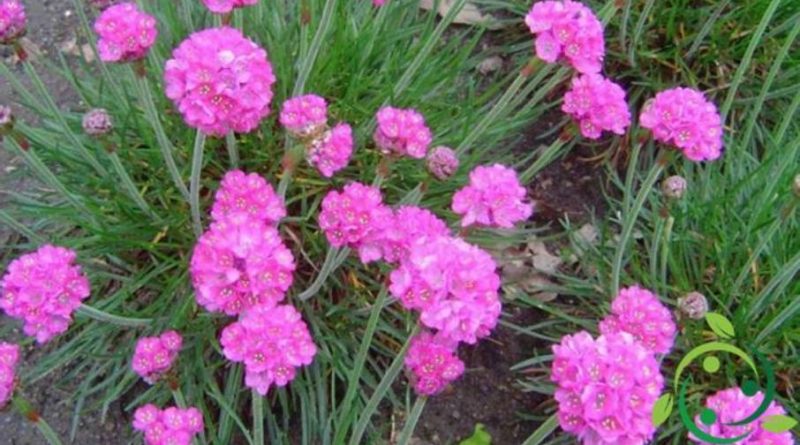How to cultivate the Armeria
How to cultivate the Armeria
Armerias are a genus of plants (Armeria, Willd. 1809) which includes perennial herbaceous species belonging to the Plumbaginaceae family. They are plants native to Asia and North Africa, with some spontaneous species of the Alps.
The height of these plants varies from 10 centimeters to 1 meter in giant varieties. The Armeria is an ornamental plant of easy cultivation ideal for the borders of the flowerbeds and to create spots of color especially in rocky and coastal gardens. The flowering of these plants is characterized by the presence of long stems that bear flowers of lilac, pink or white color gathered in spherical groups.
Among the most interesting varieties, especially for obtaining rock gardens, we mention: the Armeria caespitosa, which produces very decorative flowers of pale lilac color, the Alpine Armeria, with a full-colored corolla and the Armeria Juncea, of a beautiful pink-red cherry color.
In this card we will see how to grow the Armeria following the most appropriate agronomic indications.
For the cultivation of the Armeria remember to choose sunny exposures, even if the plant shows a great vegetative versatility, growing well in semi-shaded positions.
The soil on which we cultivate it must be possibly tending to sandy but well endowed with organic substance if we want to obtain plants of great vegetative vigor and abundant and colorful blooms. Also, in the open ground, remember to contain weeds with frequent processing that tend to take over the Armeria.
For irrigation also dry areas are fine, as long as the roots of the plant have sufficient substrate to deepen and a good organic supply that ensures the maintenance of humidity for longer. Generally, even in summer it is advisable to water the plant a little but regularly.
For the fertilization it is necessary to regulate by adding organic substance before planting, at the beginning of spring with mature manure or earthworm humus or other well humified organic substance. For plants cultivated in pots it is instead advisable to fertilize it with fertilizer for green plants every 10 – 15 days. Plants grown in pots should then be repotted when the roots begin to come out of the water drainage holes. The ideal time for this operation is always spring.
As for the propagation of the Armeria this can be obtained both by seed, by division of the tufts and by cutting.
The sowing must be carried out in the spring period by placing the seeds directly at home.
The division of the tufts is practiced instead in autumn. The multiplication by cuttings is carried out in the summer by rooting basal cuttings, 5 cm long, in a mixture of peat and sand. When the rooting has taken place, the plants must be planted in the ground.
Finally we analyze the phytosanitary aspect of the Armeria.
Let us say immediately that the Armeria is a very robust plant, it does not fear aphids, cochineals or other particular animal parasites, on condition that no fertilizer based on nitric nitrogen is used; besides among the fungal diseases it fears the root rot only if the soil is not well drained and in the presence of clayey soils.
For this reason the Armeria is a plant that needs little care, with the exception of the frequent removal of weeds and withered flowers and dry parts in order to allow the new shoots to grow.

